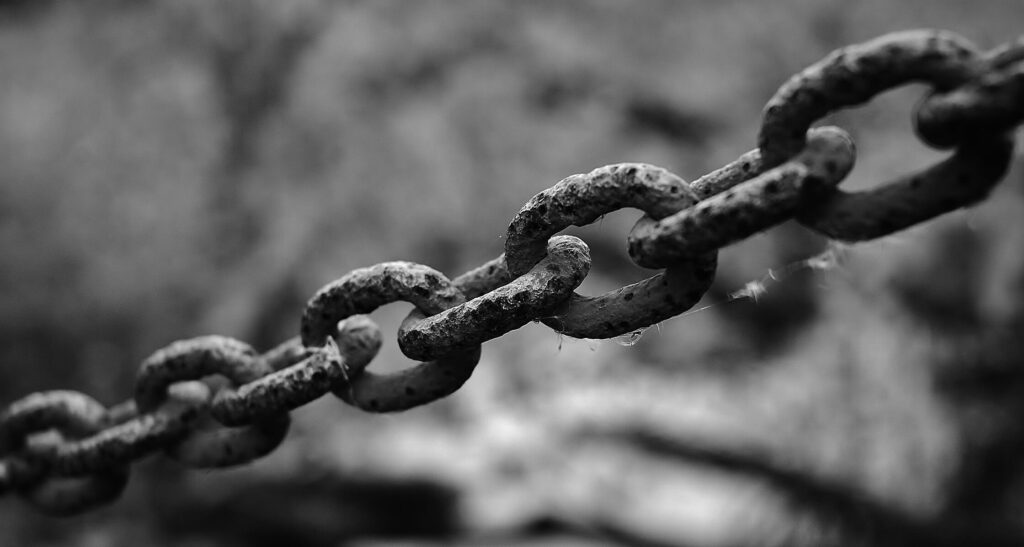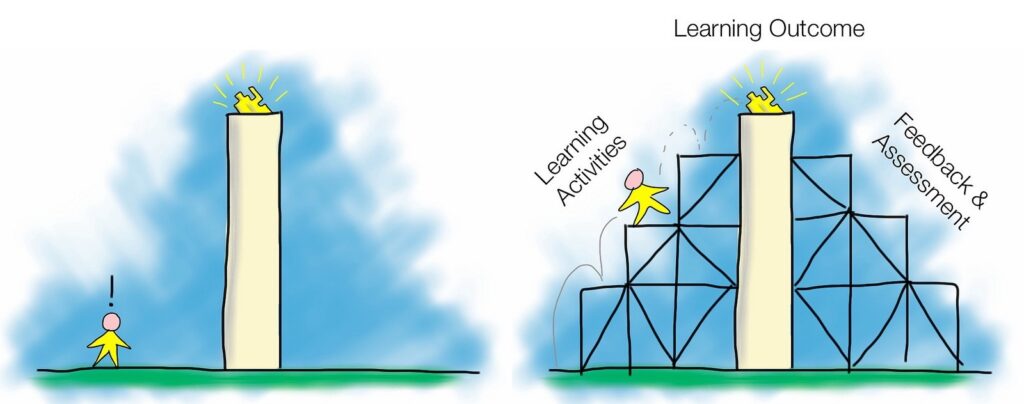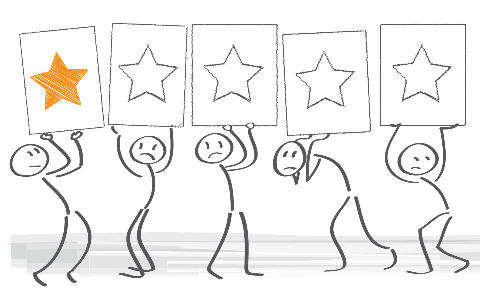
In trying to respond to this question, many employees would think only of the customer who purchases their organization’s goods or services – the external customer.
(more…)
In trying to respond to this question, many employees would think only of the customer who purchases their organization’s goods or services – the external customer.
(more…)
Personal development. If you could put what drives career success into one phrase, that would be the phrase.
Personal development is the conscious pursuit of self-growth by expanding self-awareness and improving personal skills.
Basically, what it takes is for you to consider your aims in life, assess your skills, and continuously strive to improve them in areas that will help you achieve your aims.
(more…)
There aren’t many positives about doing business in a challenging economy. Business is tough, cash-flow is tight, and consumers rein in spending.
Thus many business leaders react accordingly. Anticipating reduced sales, they cut back on variable costs, including marketing, in order to deliver on their financial expectations.
(more…)
In employee training, everyone learns differently. There will always be ones that understand a concept quicker and ones that need more time, ones that skim and ones that scan, ones that jot and those that write slowly. At the core of these learning styles is pace. Very important and so is its control.
(more…)
Poor customer service creates a leak in your organization, causing potentially loyal customers to slip away. In other words, poor service will cost your organization money. Lots of money.
You incur this cost in two ways . . .
(more…)
Dwight Eisenhower was the one who said, “What is important is seldom urgent and what is urgent is seldom important.”
(more…)
Few years ago, I needed to enroll my child in a primary school and was checking some schools. I got to one particular school, after talking with their representative and she showed me around the school, everything seemed fine. I decided to enroll my child in the school.
(more…)
Reasons. If you could put in one word what makes employee training pay off, that would be the word. As humans, if we have enough reasons we can do the most incredible things.
(more…)
No organization wants to lose customers. Hence organizations always strive to prevent customer disloyalty. However, to succeed in doing so, it’s essential to first understand how customers become disloyal.
(more…)
In every organization, giving employees a chance to do what they do best has significant impact on business results.
(more…)